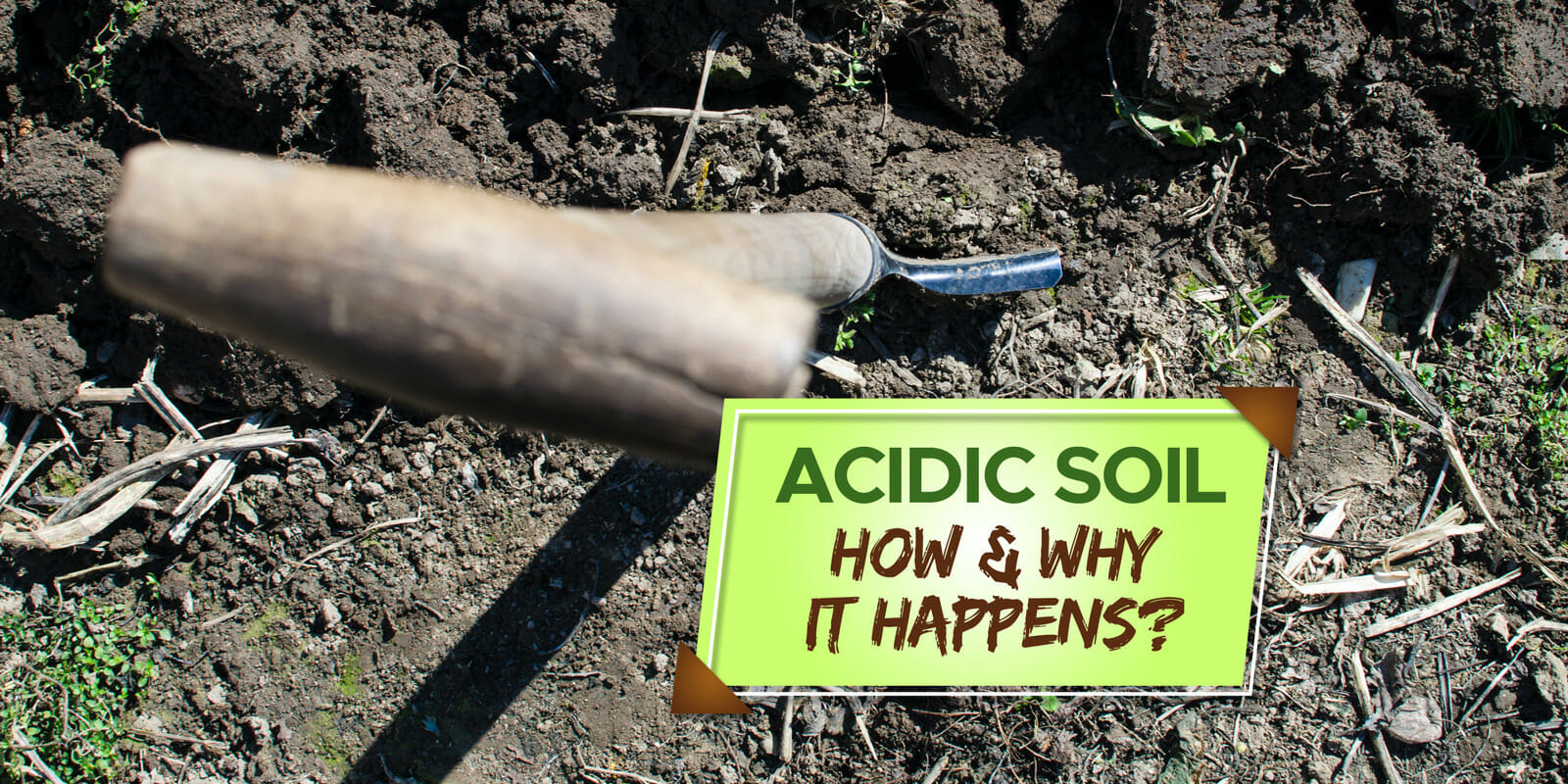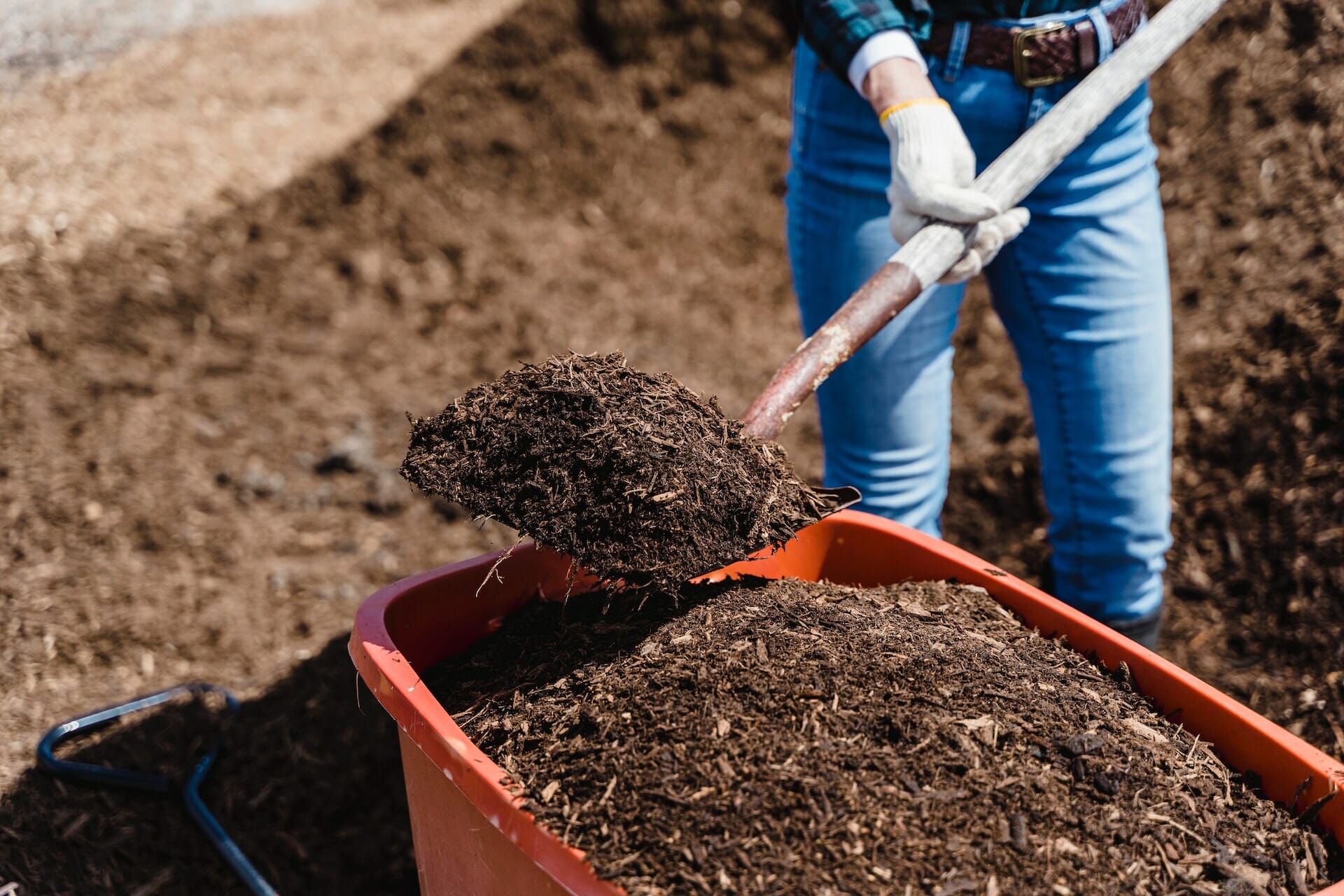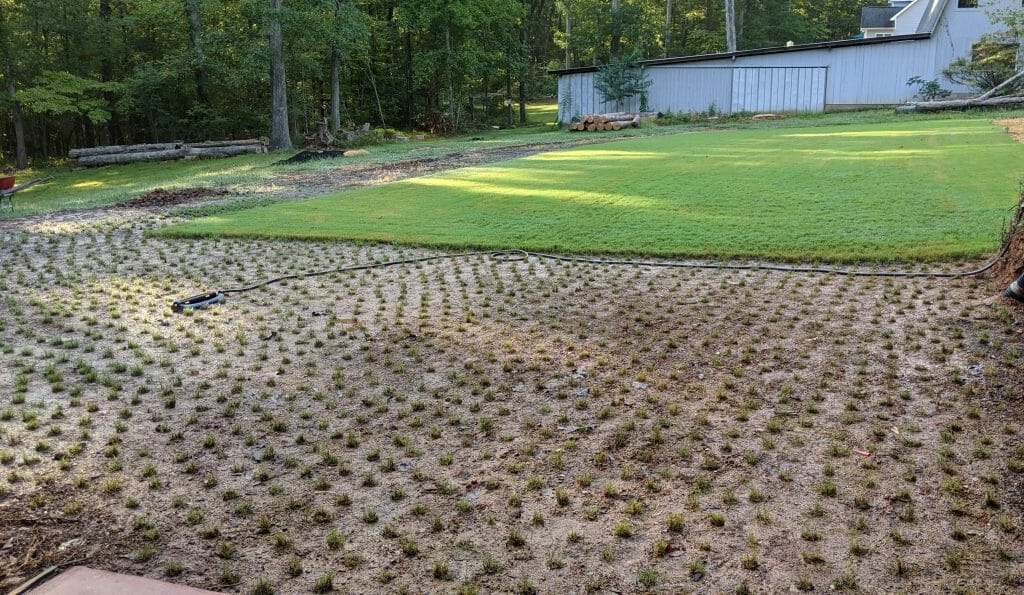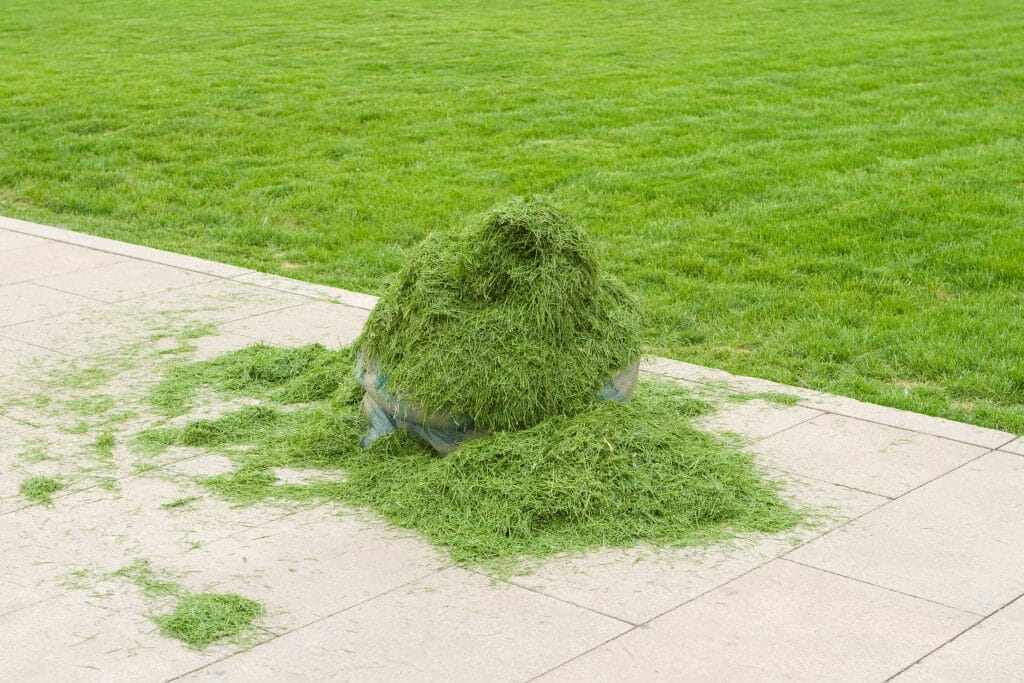
Soil pH is an indicator of how acidic or alkaline the soil is. This can be important for plants, as different plants prefer different levels of acidity or alkalinity in the soil.
Why does soil become acidic? Many factors can contribute to changes in soil pH, including rainfall, fertilizers, and pollutants.
In this article, we will discuss why soil becomes acidic and some consequences of having too much acid in the soil!
What Does It Mean When Soil is Acidic?
Soil pH is the technical term for how acidic or alkaline the soil is. The pH scale goes from 0 to 14, with 7 being neutral. If your soil reads below 7 its considered acidic, and if it reads above 7, your soil is mainly alkaline.
Most plants prefer a more acidic soil, with a pH between 6 and 7. This range of acidity is where most plants can best absorb the nutrients they need from the soil.
However, some plants prefer more acidic or alkaline soil. For example, blueberries prefer a pH between 4 and 5, while asparagus prefers a pH between 6 and 7; you must learn the pH of your soil and take action to alter it depending on what you want to grow.
Why Does Soil Become Acidic?
There are many reasons why soil might become acidic. One reason is the type of bedrock that is present in an area. For example, areas with a lot of limestone will have more alkaline soils, while areas with sandstone will have more acidic soils.
Another reason soil might become acidic is due to certain minerals or chemicals in the soil. For example, sulfates and nitrates can make the soil more acidic.
Humans contribute hugely to the pH levels in the soil. For example, using fertilizers, pesticides, and herbicides will alter the pH of your soil; they can easily make your soil more acidic if you aren’t fully aware of what you’re putting onto your lawn.
Lastly, burning fossil fuels into the atmosphere can cause acidity levels in our rainfall, which we can’t do much about.
I’d recommend regularly checking your soils pH with a soil testing kit; understanding what’s going on in your soil makes it much easier to grow a successful yard.

What Happens When Soil is Too Acidic?
If your soil is too acidic, it can cause several problems for your plants.
For example, certain nutrients (such as iron) might become unavailable to plants because the soil is too acidic. This can lead to nutrient deficiencies and, ultimately, unhealthy plants.
In addition, acidic soils are often more compact and water-logged. This can make it difficult for plant roots to penetrate the soil and access the water and nutrients they need to survive.
How Do You Reduce Acidity in Soil Naturally?
There are a few ways to reduce the acidity in your soil and make it more hospitable for your plants:
- One way is to add lime to your soil. This will help increase the pH and therefore increase your soils alkaline.
- Another way is to add organic matter to your soil. This will help improve the soil’s structure and make it easier for plant roots to access water and nutrients.
- You can try planting trees and shrubs. These plants have deep roots that can help to aerate the soil and improve drainage.
My favorite tip for reducing soil acidity is to add compost regularly, every time you’re planting, I can’t recommend compost enough. Compost, made up of organic matter, will gradually lower the pH of your soil and improve the microbial life and general soil structure.

Frequently Asked Questions:
What do farmers add to reduce the acidity of the soil?
There are a few different things that farmers can do to reduce the acidity of their soil, including adding lime to the soil, adding Gypsum to the soil, and adding organic matter to the soil.
Do plants like acidic soil?
Different plants have different preferences for soil pH. Some plants, such as rhododendrons, azaleas, and camellias, prefer acidic soils with a pH of 5.5 or below.
Does rain make soil acidic?
Rainfall can have a significant impact on soil pH. Rainwater is naturally slightly acidic, with a pH of around 5.6. This acidity comes from carbon dioxide in the atmosphere that dissolves into rainwater. When this rainwater seeps into the soil, it can lower the pH of the soil.
Conclusion
Soil can become acidic for various reasons, but the most common cause is the presence of minerals or chemicals like sulfates and nitrates. When soil becomes too acidic, it can cause problems for plants, like nutrient deficiencies and poor growth. There are a few ways to naturally reduce the acidity in your soil, including adding lime, adding organic matter, and planting trees and shrubs.
Acidic soil isn’t necessarily a “bad” thing; the critical point to remember is what you’re trying to achieve in your yard, and that’ll give you the information you need to increase or decrease your soil’s pH, it’s not as intimidating as you might thing!
Good luck and happy gardening!


